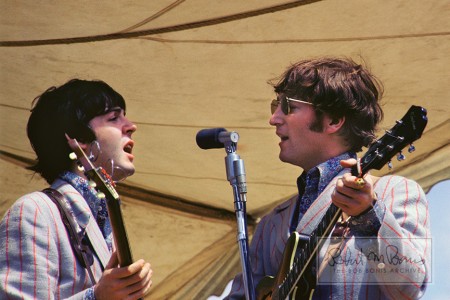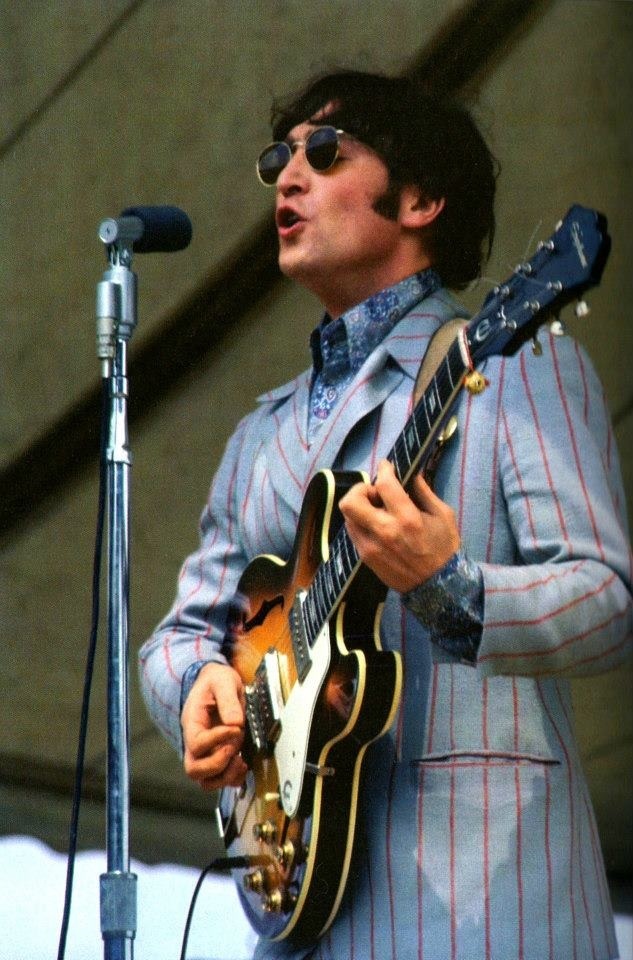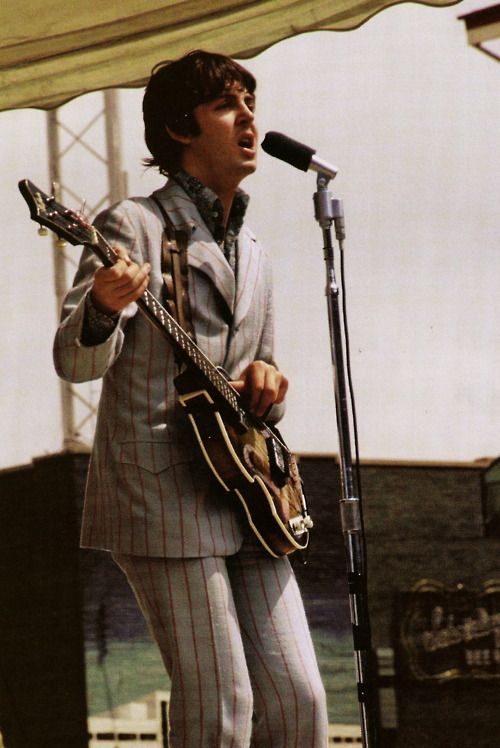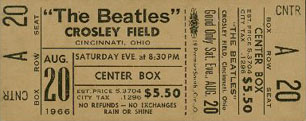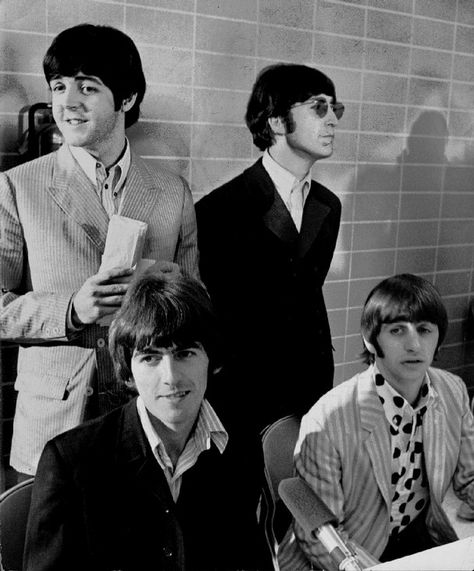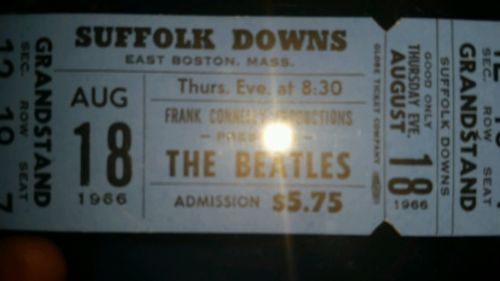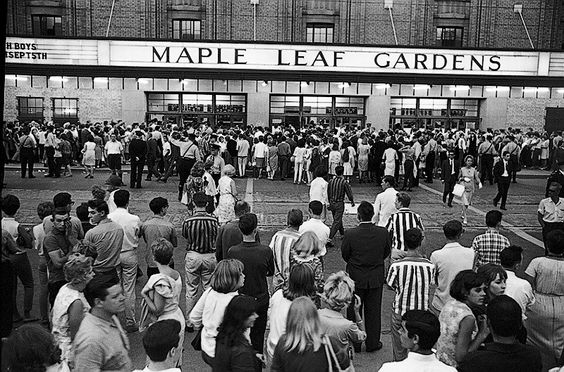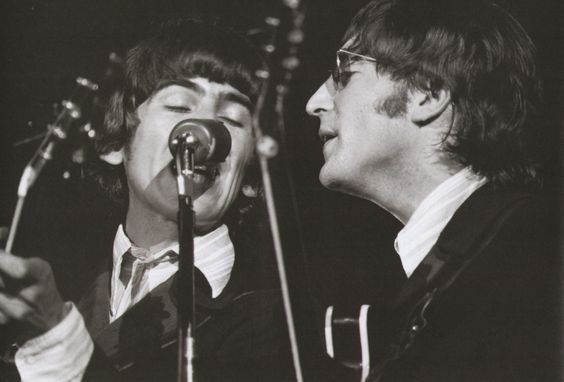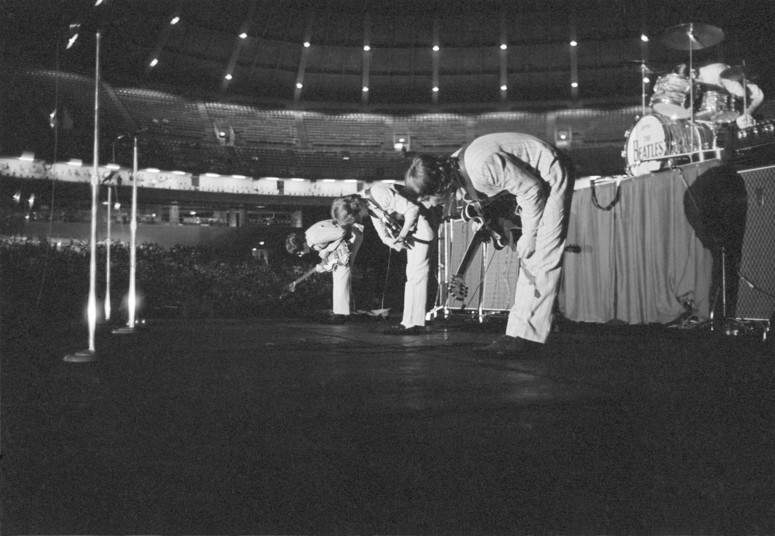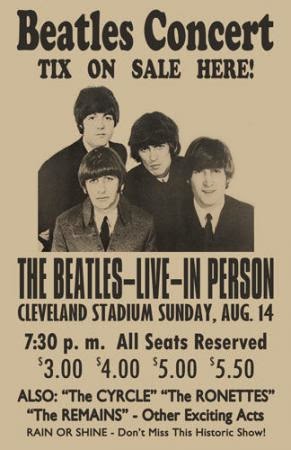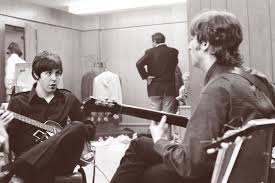Live: Busch Stadium, St Louis
After performing their postponed concert in Cincinnati at midday, The Beatles flew 341 miles to St Louis, Missouri, where they performed one show at 8.30pm.
The concert took place at the Busch Stadium, and was seen by 23,000 people. The support acts were The Remains, Bobby Hebb, The Cyrkle and The Ronettes.
The show took place in heavy rain, with a makeshift shelter over the stage to protect the musicians, although water still dripped onto the amplifiers. It was this incident which finally convinced Paul McCartney that The Beatles should cease touring.
It rained quite heavily, and they put bits of corrugated iron over the stage, so it felt like the worst little gig we'd ever played at even before we'd started as a band. We were having to worry about the rain getting in the amps and this took us right back to the Cavern days - it was worse than those early days. And I don't even think the house was full.After the gig I remember us getting in a big, empty steel-lined wagon, like a removal van. There was no furniture in there – nothing. We were sliding around trying to hold on to something, and at that moment everyone said, 'Oh, this bloody touring lark - I've had it up to here, man.'
I finally agreed. I'd been trying to say, 'Ah, touring's good and it keeps us sharp. We need touring, and musicians need to play. Keep music live.' I had held on that attitude when there were doubts, but finally I agreed with them.
George and John were the ones most against touring; they got particularly fed up. So we agreed to say nothing, but never to tour again. We thought we'd get into recording, and say nothing until some journalist asked, 'Are you going out on tour?' - 'Not yet.' We wouldn't make The Big Announcement that we'd finished touring forever, but it would gradually dawn on people: 'They don't appear to be going on tour, do they? How long was that? Ten years? Maybe they've given it up.'
That was the main point: we'd always tried to keep some fun in it for ourselves. In anything you do you have to do that, and we'd been pretty good at it. But now even America was beginning to pall because of the conditions of touring and because we'd done it so many times.
Anthology
The Beatles' standard set during their final tour consisted of 11 songs: Rock and Roll Music, She's A Woman, If I Needed Someone, Day Tripper, Baby's In Black, I Feel Fine, Yesterday, I Wanna Be Your Man, Nowhere Man, Paperback Writer and I'm Down. During the tour they occasionally substituted the final song with Long Tall Sally.
Following the St Louis concert The Beatles flew to New York, where they arrived at 3.50am the following morning.
